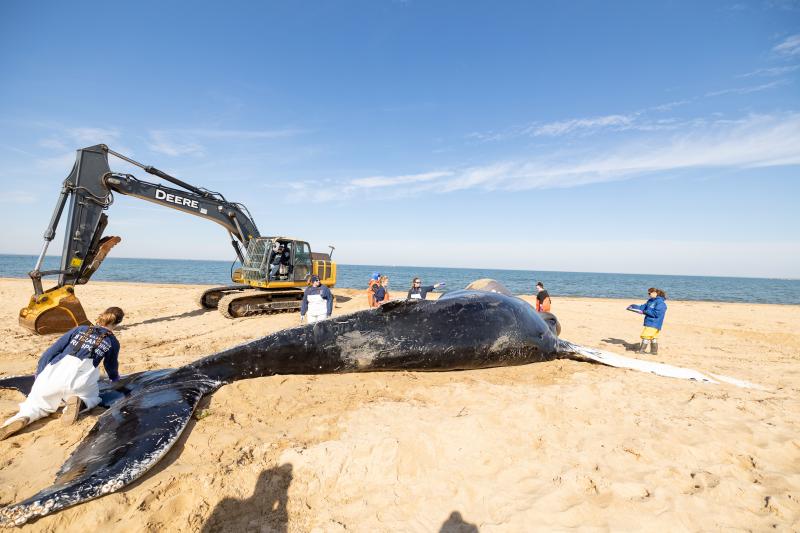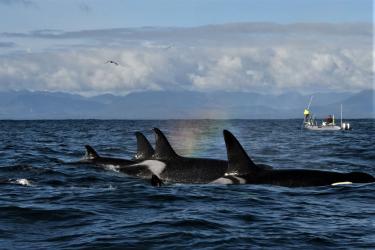A necropsy is the examination of the dead body or carcass of an animal, similar to an autopsy conducted on humans.
Scientists and veterinarians routinely conduct necropsies of marine mammals as part of a conservation management program. Necropsies of marine mammals (e.g., seals, sea lions, dolphins, and whales) can provide significant information regarding the health of the individual animal, the species, and the ocean environment.
NOAA Fisheries’ Marine Mammal Health and Stranding Response Program oversees and authorizes highly skilled and trained members of the National Marine Mammal Stranding Response Network to respond to stranded marine mammals and conduct necropsies to investigate causes of death. The Network is made up of more than 120 professional organizations, including local, state, tribal, and federal government agencies, zoos and aquaria, veterinary clinics, non-profit organizations, and academic institutions.



